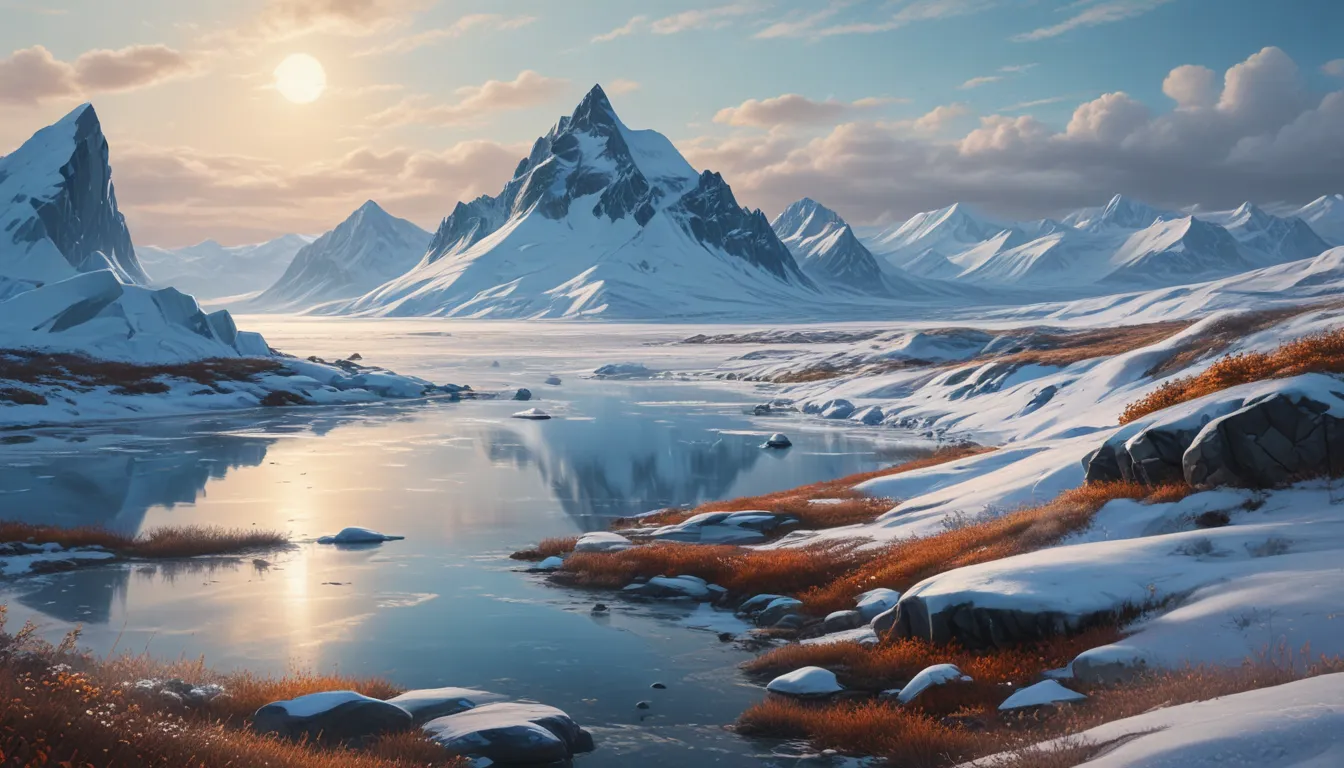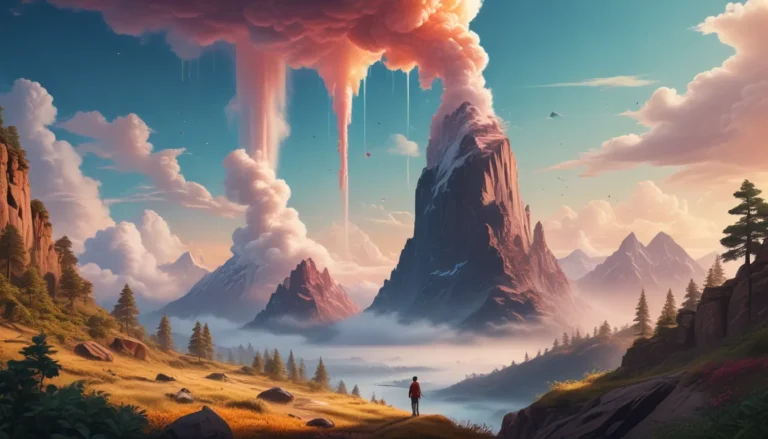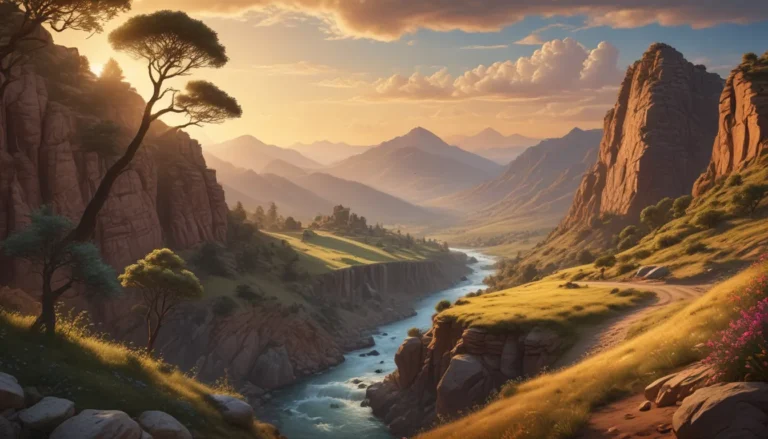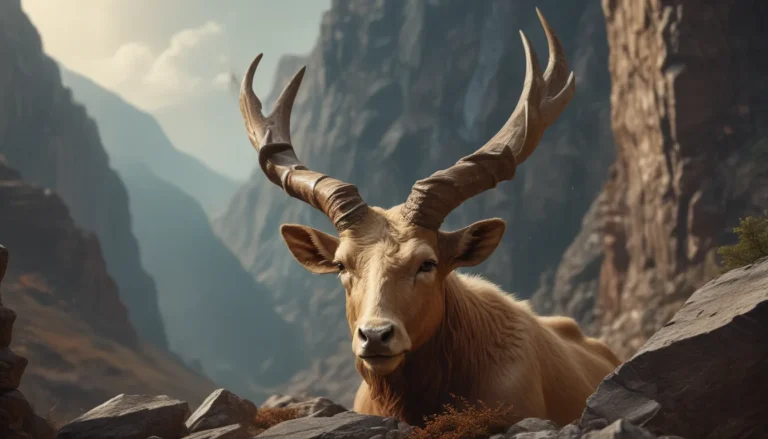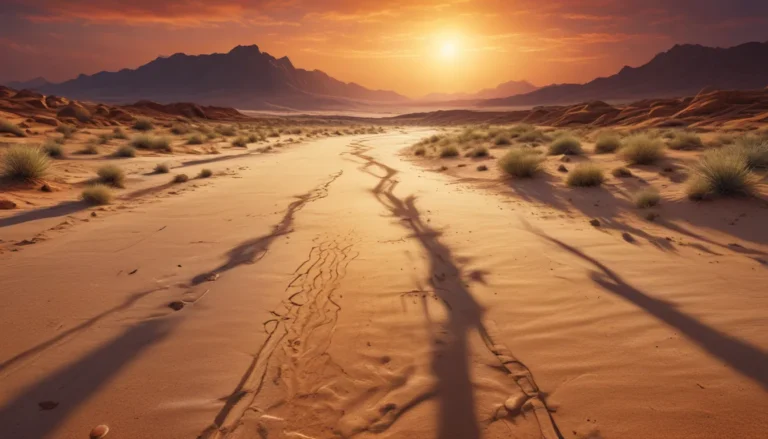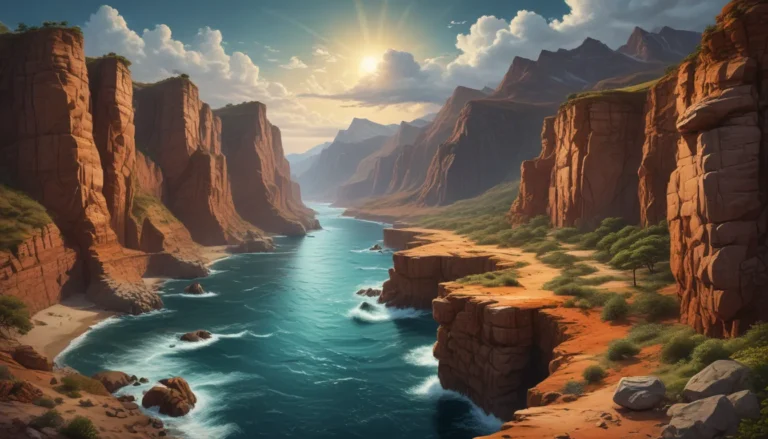A Note About Images: The images used in our articles are for illustration purposes only and may not exactly match the content. They are meant to engage readers, but the text should be relied upon for accurate information.
Welcome to the intriguing world of the tundra, a captivating biome that stretches across the Earth’s northernmost regions. Despite its desolate appearance, the tundra boasts a surprising diversity of plant and animal life that has adapted to thrive in its extreme conditions. Join us as we explore eight astonishing facts about the tundra that will leave you in awe of this remarkable landscape.
Unveiling the Mysteries of the Tundra
The tundra is a frosty biome known for its freezing cold temperatures, minimal precipitation, and lack of trees. It is the coldest biome on Earth, with average winter temperatures plummeting as low as -34°C (-29°F). This frozen landscape is characterized by long, harsh winters, making it a unique and challenging environment for living organisms.
Permafrost: A Frozen Wonder
One of the defining features of the tundra is permafrost, a permanently frozen layer of soil or rock that lies beneath the surface. This frozen layer creates a habitat for various plant and animal species that have adapted to survive in this icy environment. Permafrost also plays a crucial role in storing carbon and mitigating climate change.
The Iconic Polar Bear: Master of the Tundra
The tundra is home to the iconic polar bear, perfectly adapted to the harsh conditions of the Arctic. With its thick layer of blubber and insulating fur, the polar bear can withstand freezing temperatures and hunt for prey, primarily seals, on the sea ice. This magnificent creature symbolizes the resilience of life in the frozen wilderness.
Exploring the Wonders of the Tundra
The Phenomenon of the Midnight Sun
During the summer months, the tundra experiences the mesmerizing Midnight Sun, with continuous daylight for several weeks. This phenomenon occurs because the tundra is located within the Arctic Circle, where the sun remains above the horizon 24 hours a day. It is a stunning display of nature’s beauty and resilience.
Resilient Plant Species of the Tundra
Despite its harsh conditions, the tundra is home to unique plant species such as mosses, lichens, and dwarf shrubs. These plants have adapted to survive the cold temperatures and short growing seasons by being low-growing and storing nutrients efficiently. Their resilience adds color and life to the icy landscape.
Diverse Wildlife of the Tundra
Contrary to its barren appearance, the tundra teems with diverse wildlife, including caribou, Arctic foxes, reindeer, musk oxen, and migratory bird species. These animals have developed unique strategies to survive in the extreme conditions of the tundra, showcasing nature’s adaptability and diversity.
Preserving the Fragile Tundra Ecosystem
Climate Change Threatens the Tundra
Climate change poses a significant threat to the delicate balance of the tundra ecosystem. Rising temperatures lead to the thawing of permafrost, altering animal migration patterns, and endangering iconic species like the polar bear. The loss of ice and melting permafrost jeopardize the survival of the tundra’s unique biodiversity.
Conservation Efforts for the Tundra
Despite the challenges posed by climate change, ongoing conservation efforts strive to protect the tundra and its diverse wildlife. Initiatives such as the establishment of national parks and wildlife reserves aim to preserve the fragile ecosystem of the tundra for future generations.
Conclusion: Embracing the Resilience of Nature
In conclusion, the tundra is a captivating biome that showcases nature’s resilience and beauty in the face of adversity. From the freezing temperatures to the unique adaptations of its inhabitants, the tundra offers a glimpse into a world of wonder and mystery. As we navigate the icy expanses of the tundra, let us embrace the beauty and importance of this unique ecosystem.
FAQs: Delving Deeper into the World of the Tundra
-
What is the tundra?
The tundra is a cold, treeless biome characterized by low temperatures, short growing seasons, and permafrost. -
Where can tundra be found?
Tundra can be found primarily in the Arctic regions of North America, Europe, and Asia. -
What kind of plants grow in the tundra?
Tundra plants are typically low-growing and include mosses, lichens, and hardy shrubs like willows and dwarf birches. -
What animals live in the tundra?
Animals that can be found in the tundra include polar bears, Arctic foxes, reindeer, musk oxen, and migratory birds. -
How do animals survive in the tundra?
Animals in the tundra have developed special adaptations to withstand the cold, such as thick fur or feathers, layers of fat, and the ability to migrate in search of food. -
Is the tundra affected by climate change?
Yes, the tundra is highly susceptible to the effects of climate change, with rising temperatures leading to the thawing of permafrost and changes in the delicate balance of the ecosystem. -
Can humans live in the tundra?
While some indigenous communities have adapted to living in the tundra, it is a challenging environment for human habitation due to its extreme temperatures and limited resources. -
Are there any conservation efforts for the tundra?
Yes, ongoing conservation efforts aim to protect the tundra and its unique biodiversity, including the establishment of national parks and wildlife reserves.
Explore the wonders of the tundra and celebrate the resilience of nature as you embark on a journey into the Arctic’s frozen landscape. Join us in preserving this fragile ecosystem and admiring the beauty of its diverse inhabitants. Let the tundra inspire you with its resilience and mystery, reminding us of the importance of protecting our planet’s precious natural habitats.
